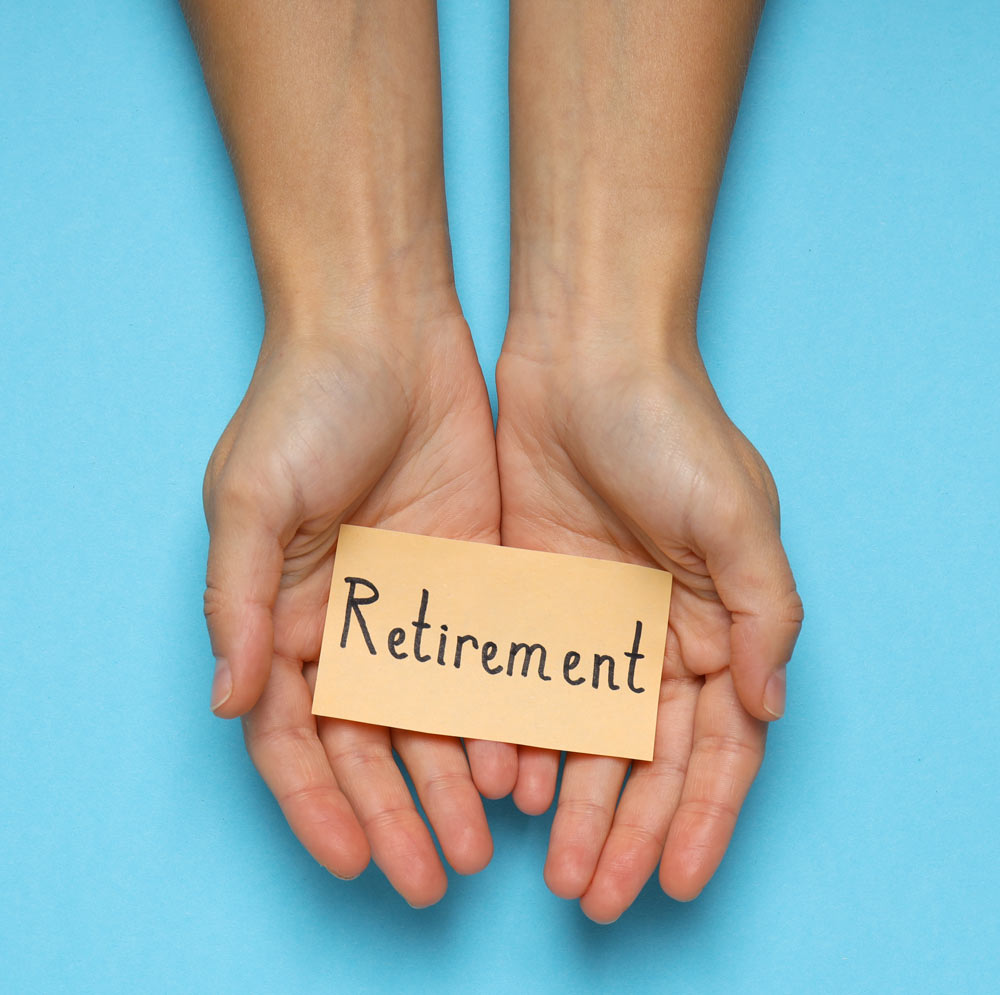The Retirement Transition
Retiring well takes work. Although that work can be enjoyable, it takes attention, effort, and time to have a smooth transition into a satisfying retirement life. Teresa, along with colleagues Lotte Bailyn (MIT Sloan School), Marcy Crary (Bentley University), and Tim (Douglas T.) Hall and Kathy Kram (both of Boston University’s Questrom School of Business), and collaborator Jeff Steiner, discovered what that work entails, how people’s view of life can influence how they think about retiring, and how people can enhance their chances of enjoying a good retirement transition.
Amabile, T. M., Bailyn, L., Crary, M., Hall, D. T., & Kram, K. E. (2024). Retire Without Regrets. Harvard Business Review, 102 (6), 143-147.
If they have taken care of their health and financial resources, what more can people do to support their retirement transition? They can develop and practice four key skills, “the four A’s”: alignment of self and life structure; awareness of both self and life structure, to accurately assess alignment; agency in changing aspects of life structure or self to achieve greater alignment; and adaptability in the face of life circumstances that they cannot control.
Amabile, T. M. (July 22, 2024). Why People Resist Retirement. Harvard Business Review online.
Retirement means grappling with three psychological issues: Fear of losing a central identity, the work identity; fear of having nothing to do (or nothing meaningful to do) with all the newly-freed time; and fear of losing work relationships. But research reveals ways to grapple with and conquer each of these fears.
Crary, M., Hall, D. T., Kram, K. E., Amabile, T. M., & Bailyn, L. (2025). Transitioning into retirement: The interplay of self and life structure. Work, Aging and Retirement, 11 (2), 175-196.
The self and the life structure co-evolve, exerting mutual influence across the retirement transition. This co-evolution is driven by the retiring person’s desire for a life structure that is both suitable for the self and viable for the foreseeable future.
Steiner, J. & Amabile, T. M. (2022). What do I make of the rest of my life? Global and quotidian life construal across the retirement transition. Organizational Behavior and Human Decision Processes, 171, 104-137.
This study identifies two orthogonal dimensions for contemplating the work and retirement domains of one’s life – global and quotidian life construal – and four basic modes of thinking about one’s life that arise from variability across these dimensions. A person’s construal of their working life prefigures their construal of their retirement life, which then shapes their retirement life experience.
